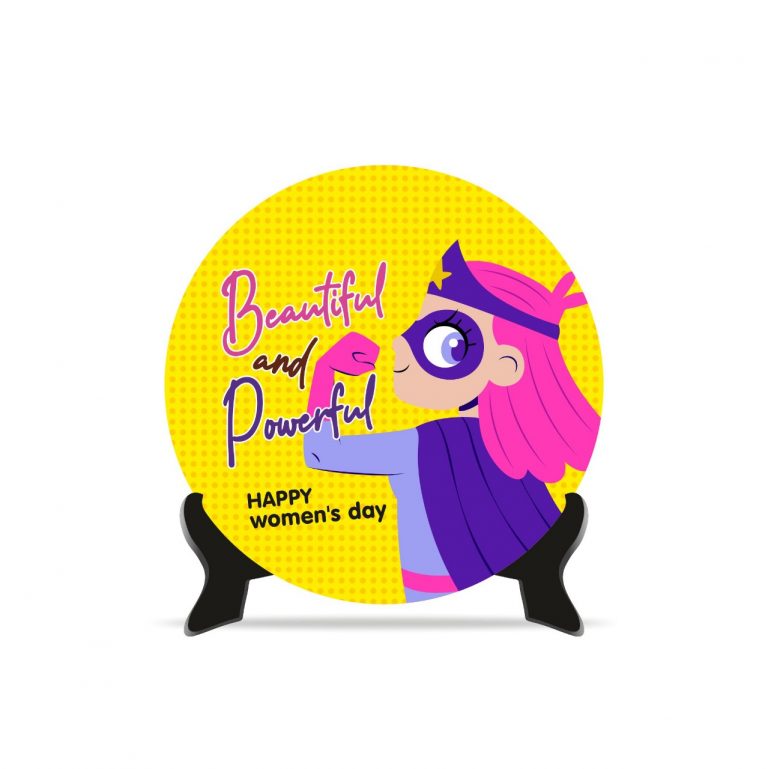The initial days of an employee’s journey are no longer a transactional exercise in paperwork; they represent a fundamental investment in talent retention, cultural alignment, and speed to productivity. In 2025, a company’s onboarding experience is, for many, the clearest expression of its employee value proposition (EVP).
The stakes are higher than ever. Research from the Brandon Hall Group confirms that organizations with a robust, structured onboarding process can boost new hire retention by as much as 82% and enhance productivity by over 70%. Yet, a significant gap persists: nearly 9 out of 10 employees believe their organization handles onboarding poorly. Closing this gap is the new competitive frontier for world-class workplaces.
Why Modern Onboarding Must Evolve
The shift is driven by tectonic changes in employee expectations and work structure:
- The Permanent Hybrid/Remote Model: With a majority of professionals expecting flexible work, digital-first, synchronous, and asynchronous integration is non-negotiable. Onboarding must deliver an equitable experience whether a new hire is on-site or across the globe.
- The Gen Z Expectation: As digital natives, younger employees demand interactive, purposeful, and personalized experiences over passive presentations. They require clear visibility into how their role connects to the company’s mission from day one.
- The Age of Personalization: The workforce, conditioned by hyper-personalized consumer technology, expects their professional experience to be equally tailored. Generic orientations fail to address unique roles, learning styles, and immediate functional needs.
These dynamics require a strategic pivot: integrating advanced technology to enhance, not replace, the essential human connection.
Three Models for Strategic Employee Integration
Leading global firms are redefining the first 90 days by focusing on culture, technology, and personalization.
1. Airbnb: Immersive Cultural Alignment
Airbnb treats onboarding as a powerful cultural immersion experience. Its goal is to forge an emotional connection between the new hire and its central mission: Belong Anywhere. This approach effectively turns the onboarding period into a continuous, reinforcing element of its employer brand.
Key practices include:
- Mission-First Storytelling: New hires engage in sessions focused on the company’s history, values, and global impact, replacing lengthy policy briefings with compelling narratives.
- Global Connection Points: The program intentionally facilitates live, cross-functional sessions with colleagues worldwide, immediately cultivating a sense of global belonging and reducing the feeling of isolation common in distributed teams.
- Experiential Learning: Utilizing tools like Virtual Reality (VR) for office and location tours helps remote employees feel physically connected to the workspace and their colleagues’ environments.
The Takeaway: A culture-first approach establishes deep emotional loyalty immediately, accelerating the new hire’s alignment with organizational purpose.
2. HubSpot: AI-Powered Efficiency and Support
HubSpot leverages Artificial Intelligence (AI) to solve one of the greatest friction points in onboarding: administrative overload and repetitive Q&A. This model focuses on maximizing manager time for strategic coaching rather than logistical support.
HubSpot’s technology integration often includes:
Related Posts
- Intelligent Virtual Assistants: AI-powered agents provide real-time, 24/7 answers to common questions about policies, benefits, and IT setup. This instant support eliminates delays and frustration for new employees while automating a significant portion of the HR administrative workload.
- Personalized Learning Paths: AI analyzes a new hire’s role, existing skills, and learning pace to curate and adapt training modules, shortening the time it takes to become proficient. According to data, AI-onboarded employees are 30% less likely to quit within their first year.
- Automated Task Management: The system intelligently manages and nudges both the new hire and their manager to complete crucial, time-sensitive tasks, providing HR with real-time analytics to spot and fix bottlenecks.
The Takeaway: Thoughtful AI implementation streamlines logistics, reduces manager burnout, and provides the instant, continuous support the modern employee expects, directly contributing to a 53% reduction in onboarding time reported by organizations using AI.
3. Meta: Hyper-Personalized Integration Journeys
Meta scales its massive global workforce by emphasizing hyper-personalization across the crucial first 90 days. Their system moves beyond generic departmental assignments to treat each new employee as a unique developmental project.
Meta’s personalization strategy involves:
- Individualized Roadmaps: Every new hire receives a distinct 90-day plan that includes customized project assignments, individual mentor pairings, and role-specific training sequences.
- Data-Informed Wellness Check-ins: The system tracks early engagement indicators and leverages data (location, role, past performance profiles) to trigger personalized wellness and culture check-ins, ensuring support is proactive rather than reactive.
- Optimized Connections: The onboarding process is designed to strategically introduce the new hire to key cross-functional partners and internal networks based on their initial project needs, accelerating their ability to create impact.
The Takeaway: By investing in granular personalization, Meta fosters a powerful sense of individual value and recognition, driving faster adaptation and deeper initial engagement.
Actionable Steps for HR Leadership
Implementing next-level onboarding doesn’t require the budget of a tech giant, but it does demand a shift in philosophy. HR leaders can begin by focusing on the following:
- Automate Administrative Friction: Implement a basic AI chatbot or Q&A tool to handle the 80% of routine questions (e.g., “How do I set up my VPN?” or “What’s the holiday schedule?”). This frees up HR Business Partners and managers for high-value human interactions.
- Elevate Cultural Storytelling: Create a short, high-quality welcome video or digital cultural journey that features senior leaders and diverse team members discussing values in action, not just reciting policy.
- Mandate a Human Connector: Every new hire, regardless of seniority, must be assigned an internal Onboarding Buddy or Peer Mentor outside of their direct reporting line. Data shows new hires with buddies are 36% more satisfied with their experience.
- Adopt a 30-60-90 Day Framework: Move beyond a Week 1 orientation. Managers must be trained to co-create a clear, measurable 30-60-90 day goal plan that provides clear visibility into performance expectations and career growth opportunities.
- Listen and Iterate: Use real-time pulse surveys and feedback loops within the first 45 and 90 days. Track key metrics like early-stage attrition and time-to-productivity to continuously refine and optimize the experience.
The future of talent acquisition is inseparable from the quality of the first impression. By blending strategic automation with genuine human connection and a culture-first mindset, organizations can transform onboarding from a logistical hurdle into a decisive competitive advantage.
Disclaimer: This article is for informational purposes only. While efforts are made to ensure accuracy, readers should verify information and seek professional advice as needed.









